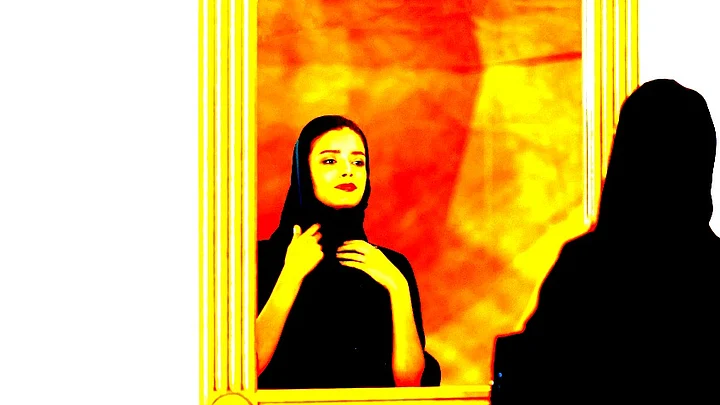Nazma Khan started World Hijab Day on 1 February 2013; a day on which women of other faiths could wear hijab to dispel negative notions about the clothing item.
World Hijab Day’s Facebook page has photos of women of all faiths and nationalities –Muslims and non Muslims – with covered hair, to stand in solidarity with their hijab wearing sisters.
“I’m not a Muslim, but I respect all the women and all religions in the world. Most people laugh and discriminate our Muslim sisters. They think that women are oppressed and devalued. They are very wrong! Women are so valued, loved and respected in Islam”, writes Itzel from Mexico along with a photo of her wearing the veil.
Likewise, there is a Catholic Costa Rican woman, who says her husband and grandson are Muslims and preaches the message of peace, love, tolerance and respect.
Then there’s Sheila from North Carolina, a Christian who said she was supporting her friends from around the world by wearing the hijab.
Back home, the agency PTI reported that on 12 November last year, a group of women, under the banner, International Muslim Unity Council organised a similar campaign in Srinagar, where women wearing the veil were presented with flowers and dress material.
But these acts of encouraging women to wear the hijab are being masqueraded as an effort by conservative Muslims to speak on behalf of all the Muslims of the world, some are saying.
Asra Q.Nomani, who was born in Mumbai, and is the author of Standing Alone: An American Woman’s Struggle for the Soul of Islam, and co-founder of the Muslim Reform Movement, actually wrote an opinion piece in The Washington Post titled, As Muslim women, we actually ask you not to wear the hijab in the name of interfaith solidarity.
For us, as mainstream Muslim women, born in Egypt and India, the spectacle at the mosque was a painful reminder of the well-financed effort by conservative Muslims to dominate modern Muslim societies. This modern-day movement spreads an ideology of political Islam, called “Islamism,” enlisting well-intentioned interfaith do-gooders and the media into promoting the idea that “hijab” is a virtual “sixth pillar” of Islam, after the traditional “five pillars” of the shahada (or proclamation of faith), prayer, fasting, charity and pilgrimage.Asra Q. Nomani in an article in The Washington Post.
Not just Nomani, My Stealthy Freedom, an Iranian online social movement encourages women to share photos of themselves sans the veil. The theocracy that began to rule Iran after the Iranian Revolution in 1979 made it compulsory to wear the veil.
As also, the influence of the strict Wahabi philosophy of Saudi Arabia, who – with their rising influence in the Middle East – began to exert pressure on Muslim women to abide by the diktats of the veil.
But wearing the veil isn’t to be misconstrued and stereotyped as the oppression of women. As Nisha Susan observes, “a new generation of Muslim women are challenging old notions of the hijab as merely a coercive tool of male imprisonment. For them, it is an intensely personal and voluntary act.”
But the hate against the hijab, ironically, even in a conservative country like India, that laments about the growing immodesty of its women, still runs high. So, what is about the veil that makes the woman wearing it appear so inaccessible, so different?
As this paper goes on to write, “The veiled woman is at once to be feared, to be pitied, to be desired, to be educated and to be respected. Such stereotypical images do not reflect the lives of veiled women and do not recognise that the heterogeneity of contemporary veiling practices are a product of changing historical, cultural and political processes”.
The politics behind the veil, hence, cannot be completely masked.
Note: All photos are sourced from Facebook/WorldHijabDay
(At The Quint, we question everything. Play an active role in shaping our journalism by becoming a member today.)
